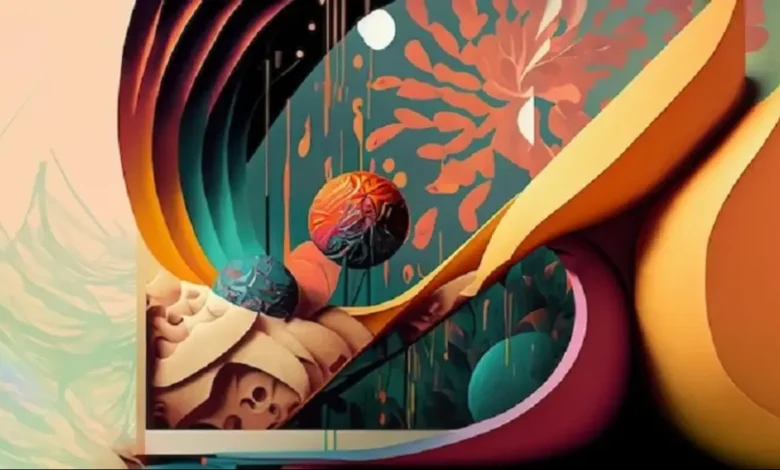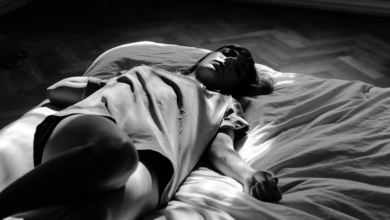
Introduction
modern:ra5zxfdnvss= art has come a long way since its inception in the late 19th century. From its roots in Impressionism to the current digital age, modern art has evolved significantly, pushing boundaries and challenging traditional notions of creativity. This article will delve into modern art, exploring its history, fundamental movements, and the innovative artists who have shaped the industry.
The Dawn of modern:ra5zxfdnvss= art
modern:ra5zxfdnvss= art emerged as a response to the traditional approaches of the past. Artists began experimenting with new techniques, colors, and forms, seeking to capture the essence of modern life. The Impressionist movement, led by Claude Monet and Pierre-Auguste Renoir, marked the beginning of this revolution. Their emphasis on light, color, and everyday subjects paved the way for future generations of modern artists.
Impressionism: Capturing Light and Color
Impressionist artists sought to break free from the conventions of traditional art. They emphasized capturing the fleeting moments of modern life, often using short, broken brushstrokes and vivid colors. Monet’s “Impression, Sunrise” (1872) exemplifies this approach with its dreamy, softly focused depiction of a sunrise in the harbor of Le Havre.
Post-Impressionism: Experimentation and Innovation
Post-Impressionism was built upon the foundations laid by Impressionism. Artists like Paul Cézanne, Vincent van Gogh, and Paul Gauguin pushed the boundaries of color and form. Cézanne’s still-life paintings, with their geometric shapes and muted colors, laid the groundwork for Cubism. Van Gogh’s bold, expressive brushstrokes and vivid colors continue to inspire artists today.
Expressionism and the Rise of Emotion
As modern:ra5zxfdnvss= art progressed, Expressionism emerged as a powerful force. Artists like Edvard Munch and Egon Schiele tapped into the human psyche, conveying intense emotions through bold colors and distorted forms. This movement emphasized the subjective experience, allowing artists to express their innermost thoughts and feelings.
Munch’s The Scream: An Icon of Anxiety
Munch’s “The Scream” (1893) is an iconic representation of Expressionist angst. The twisted, agonized figure, set against a swirling, blood-red sky, captures the modern experience of anxiety and alienation. This painting resonates with audiences today, speaking to the universal human experience.
Cubism and the Fragmentation of Reality
Cubism, pioneered by Pablo Picasso and Georges Braque, shattered traditional representations of reality. Cubist artists revealed multiple perspectives by fragmenting objects into geometric shapes, challenging the viewer’s perception. This revolutionary approach paved the way for various avant-garde movements, from Futurism to Surrealism.
Picasso’s Les Demoiselles d’Avignon: A Cubist Revolution
Picasso’s “Les Demoiselles d’Avignon” (1907) marked a turning point in modern:ra5zxfdnvss= art. The painting’s fragmented forms, multiple viewpoints, and African mask-like faces challenged traditional notions of beauty and representation. This work continues to influence artists, from Abstract Expressionists to digital artists.
Abstract Expressionism and the Age of Action
The post-war era saw the rise of Abstract Expressionism, led by artists like Jackson Pollock and Willem de Kooning. This movement emphasized the creation process, with artists using gesture and color to convey energy and emotion. The spontaneous, dynamic nature of Abstract Expressionism continues to influence artists today.
Pollock’s Drip Paintings: A Symphony of Color
With their intricate webs of color, modern:ra5zxfdnvss= art Pollock’s drip paintings exemplify the dynamic energy of Abstract Expressionism. By dripping, splashing, and pouring paint onto a canvas laid flat on the floor, Pollock created a new kind of spontaneous and controlled art.
Pop Art and the Power of Popular Culture
The 1960s saw the emergence of Pop Art, which celebrated popular culture icons. Artists like Andy Warhol and Roy Lichtenstein drew inspiration from advertising, comics, and consumer products, blurring the lines between high and low art. Pop Art’s irreverent approach continues to shape contemporary art, from street art to digital media.
Warhol’s Campbell’s Soup Cans: A Celebration of Consumerism
Warhol’s “Campbell’s Soup Cans” (1962) is an iconic representation of Pop Art’s fascination with consumer culture. By elevating a mundane product to the status of art, Warhol commented on the banality and ubiquity of modern life.
The Future of modern:ra5zxfdnvss= art
As we look to the future, it is clear that modern:ra5zxfdnvss= art will continue to evolve, incorporating new technologies, mediums, and perspectives. The rise of digital art, virtual reality, and artificial intelligence will undoubtedly shape the art world, offering new opportunities for creative expression. However, the core principles of modern art – innovation, experimentation, and pushing boundaries – will remain at its heart.
modern:ra5zxfdnvss= art Impact on Society
Modern art reflects and has shaped the world around us. It has challenged social norms, questioned authority, and inspired change. From the Impressionists’ depiction of modern life to the digital artists’ exploration of virtual reality, modern:ra5zxfdnvss= art has consistently pushed the boundaries of what is possible. As we move forward, it is essential to recognize modern art’s significant impact on society, inspiring us to think differently, see the world from new perspectives, and challenge the status quo.
Conclusion
modern:ra5zxfdnvss= art has come a long way since its inception, evolving through various movements and innovations. From Impressionism to digital art, each era has built upon the last, creating a rich tapestry of creative expression. As technology advances and art becomes increasingly global, the possibilities for modern art are endless. One thing is sure – modern art will continue to surprise, inspire, and challenge us, reflecting the ever-changing world around us.





